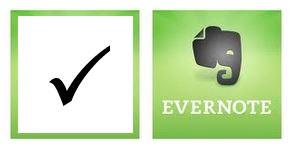29 Apr How to Deal with Perfectionism
The goal of getting organized and improving productivity is not to be perfect. It is to make life easier and more enjoyable and fulfilling. Complex systems are rarely the answer. The best solutions are often the simplest. Over complicated systems most often cannot be maintained. More often than not, well done is good enough.
There are times that being “perfect” is important; in a client proposal, or on a resume, or in a white paper for your boss. But equally, there are times that you don’t have to be so perfect – I’m not talking about spelling errors, or typos – I’m talking about thoroughness and precision.
When you strive for perfection your time investment is maxed out. Where can you step back and save a bit of time and energy? Here are my favorites:
- Email – ask yourself, do I have to include that piece of information. The briefer and more to the point your email is the faster it takes to write it and the easier it will be for the person receiving it to send you a prompt response
- Planning your day – write out the top 5 things (or 3, or 7) you wish to accomplish. Prioritize them by writing numbers next to each task – 1 for the most important, etc. Just do it – but don’t spend a lot of time on this task – it will change anyway because you’ll never be able to anticipate the nuances of each day. It’s the act of planning that keeps you focused, not the exact plan itself
- Drop the Penny – round up, it always balances out and it saves such silliness. Imagine how many payroll dollars would be saved if employees didn’t have to count pennies. Their impact is insignificant (unless of course you have a million of them – but that’s not the point!)
If you’re a perfectionist, try an experiment. Pick one thing today and try to be a little less perfect.




